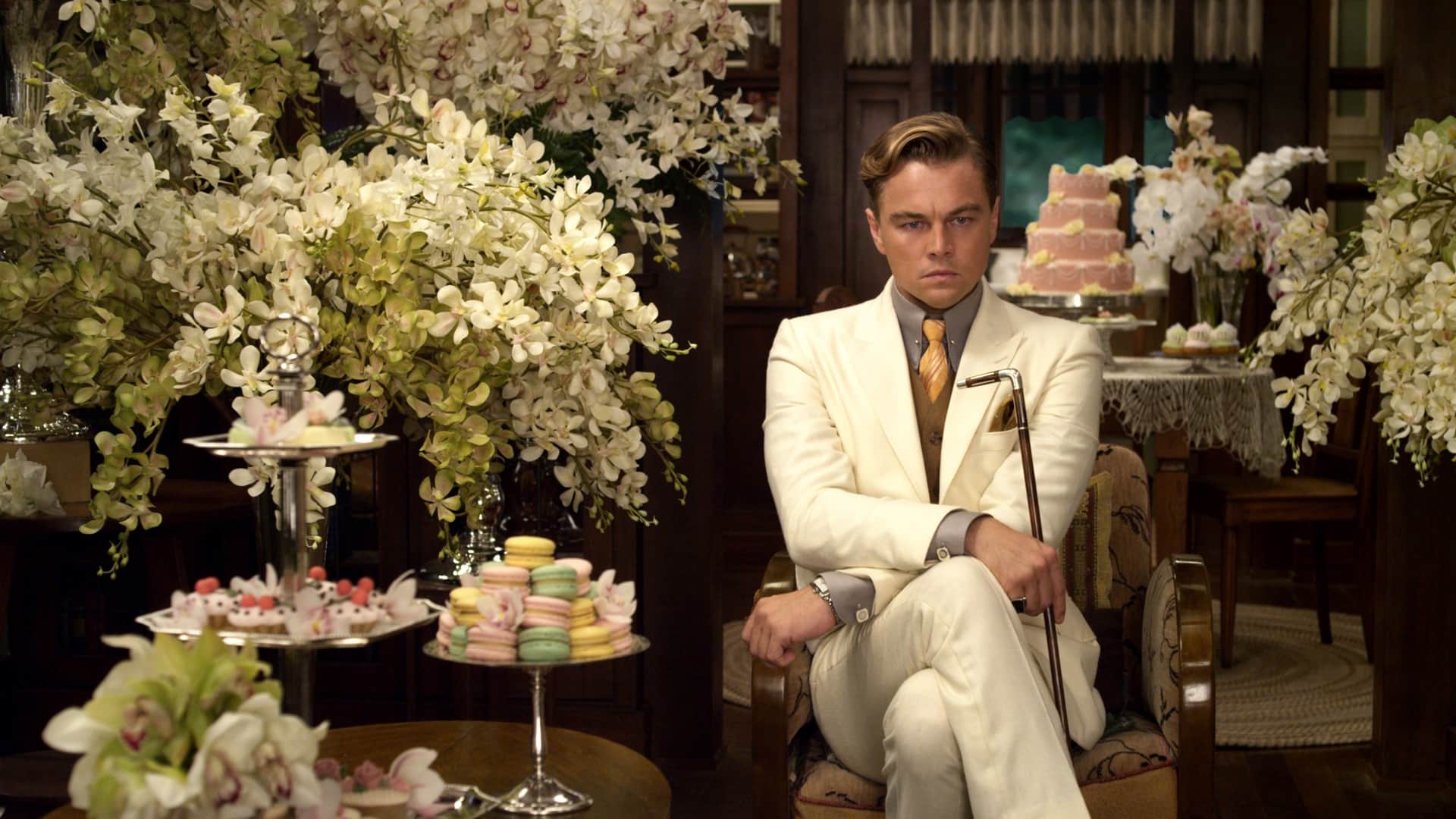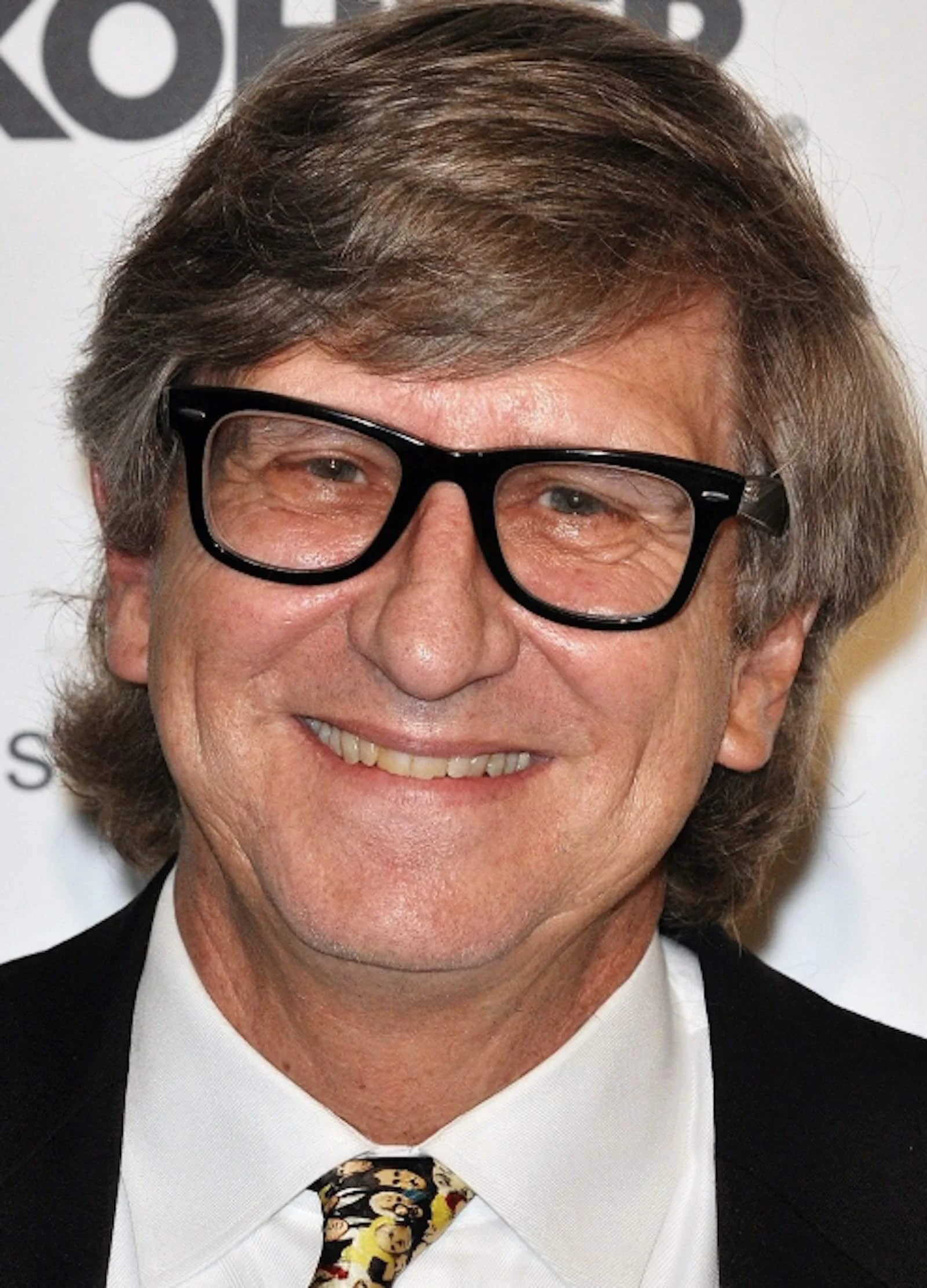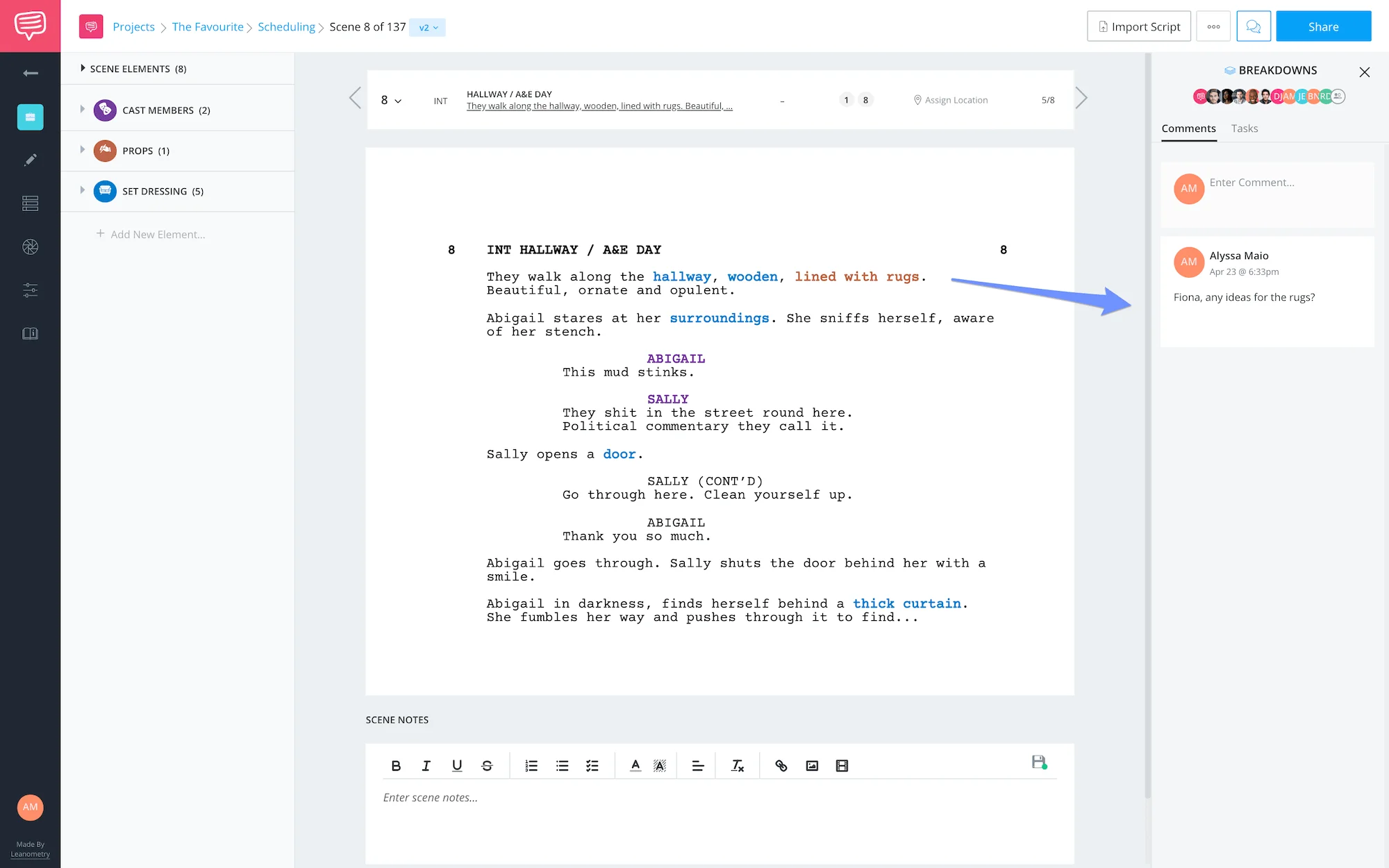Making a visually stunning film is no easy feat. The goal of a production designer is to immerse you in the world they have created. That’s the magic of production design, creating the world you see and making you believe the unbelievable.
But what does a production designer do exactly? Creating the worlds that leave us breathless is an all-encompassing task. Let’s look at what a production designer does during production and how every filmmaker can use their knowledge and skills to create a better film.
Table of Contents
Everything you need to know about production design.
1
The Role of the Production Designer
Creating Worlds on Screen
1.1 PRODUCTION DESIGN 101
The creators of worlds
The power of great production design is the power to suspend disbelief before it can ever begin, to fully immerse in an imaginary world, and bring words to life.
Whether it’s making a hallway spin in Christopher Nolan’s Inception…
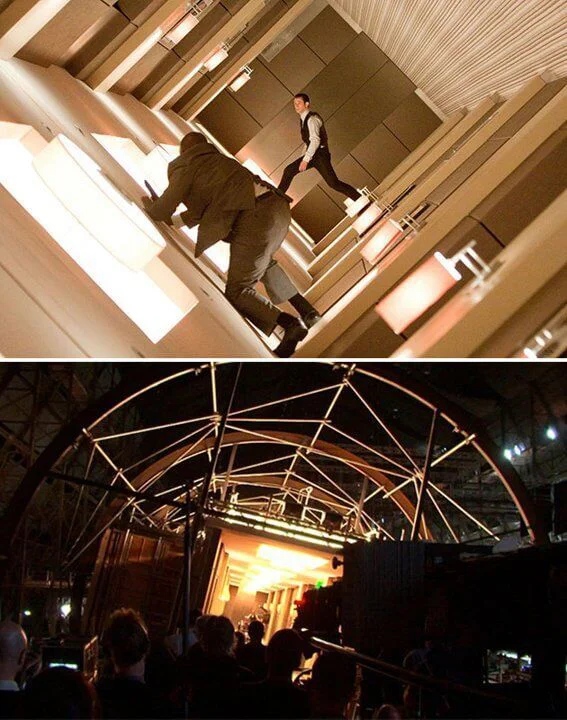
A production designer can make the world turn upside down.
Or make you wish you could live in Rachel and Monica’s apartment on Friends…
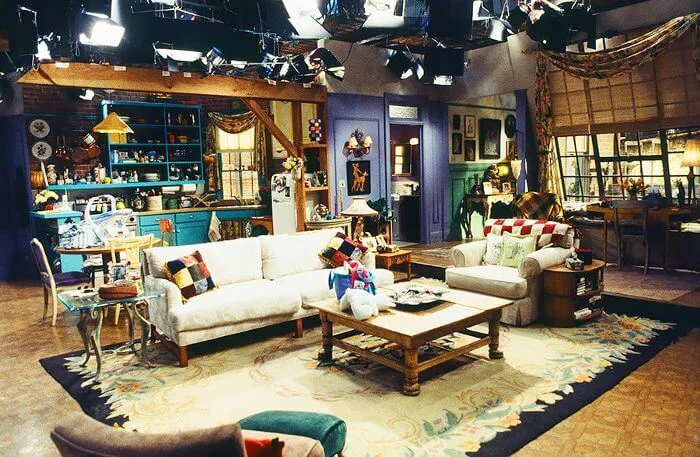
Iconic Friends design
A production designer’s job is to make sure the set matches the characters and the tone of the project.
Great production design brings you into the world you’re watching.
When we're taken to iconic places like Hogwarts, the Death Star, or even the Bluth family penthouse, we're experiencing the emotional resonance created by production designers. Learn more directly from them, below:
And while that may sound straightforward, think of everything you see that fills every single frame on the set of Friends.
Everything on the set was placed there purposefully.
In fact, even when there's a walk and talk on the sidewalks of Manhattan, everything that goes in that one frame was carefully selected.
That’s what filmmakers mean when they talk about mise-en-scene.1.2 WHAT DOES A PRODUCTION DESIGNER DO?
How they do what they do
In film and TV, a production designer is responsible for the overall look and tone of the project. They work with the art director, set dresser, prop-master, on their own teams, and with other department heads to achieve the director’s vision. Watch more about how they execute this, below:
So, for example, while a script says “INT. MANSION,” the shoot may not have the budget to rent an actual mansion.
Of course, the writer refuses to change it.
So they have to set aside some budget for the production designer, art director, and construction foreman to create a small mansion.
Are they building a whole mansion from scratch? No. They'll only build the rooms the director and executive producers say they need.
So a production designer may only have to create one or two rooms to be built on a set.
That being said, production designers don't just set up four walls and call it a day.
Those walls have to be movable and the ceiling non-existent or capable of holding up heavy lights.
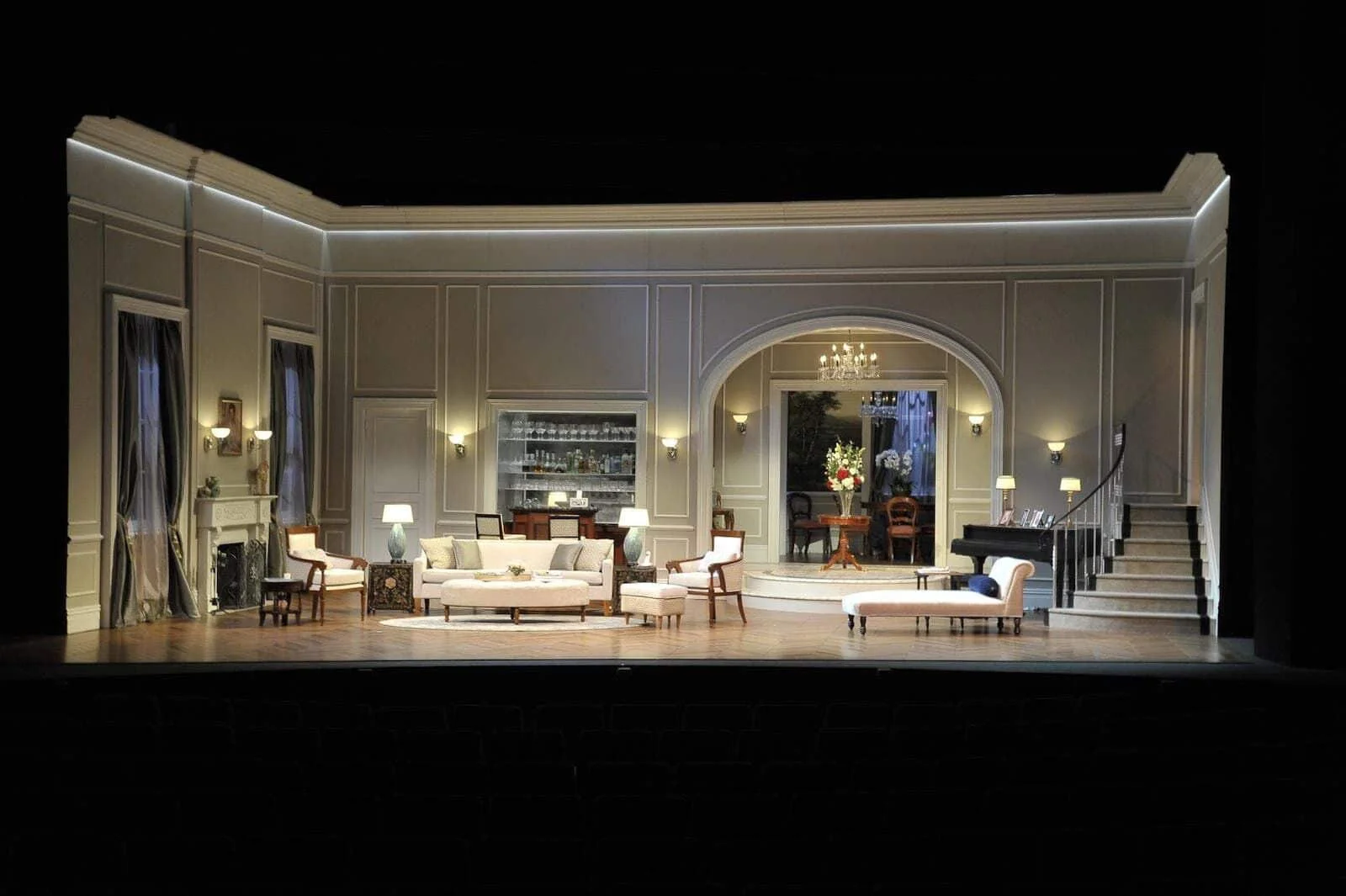
Production Design on a stage.
‘The views outside the windows can't reveal the drab siding of stage 27 on the Sony lot, they have to work with greenskeepers and designers.
Everything has to look authentic.
The production designer either make it look like a garden, uses a backdrop of a cityscape, or the DP blasts it with light so no one can see through. Watch below for more criteria on what makes a great production design.
Furthermore, when the shoot is done using that set, the production designer must be able to deconstruct it and put it in storage.
The walls and doors are lined up like pieces of an Ikea dresser, then trucked away to a facility for use later in the shoot.
There's a specific functionality for everything a production designer creates. It's all temporary and fictional, but it must look real and permanent.
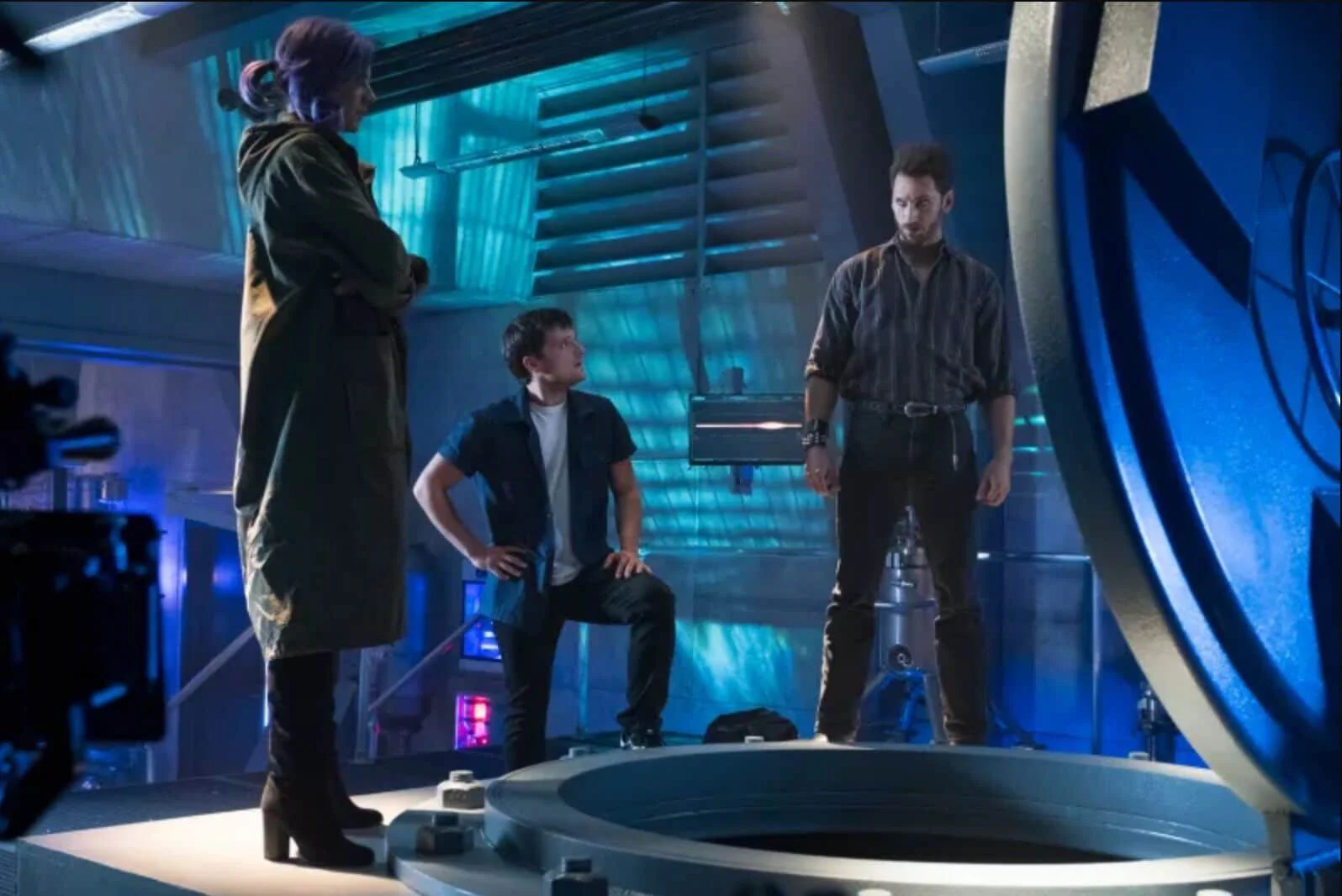
The Hulu show, Future Man, built a model on set
The production designer has to create sets and whole worlds that meet the demands of production. But they also have to contribute to the overall aesthetic and artistic look of the project.
There is a massive amount of collaboration on every shoot, after all. The production designer has to work with the art director, executive producers, director, writer(s), set dressers, propmasters, and construction crews to turn a script into something real.
That takes a lot of meetings, notes, approvals, and revisions before finally settling on an overall look and tone. Then the production designer will visualize the sets with a shot list and mood board.
That's because how a show presents itself affects its overall impact.
Imagine if Roseanne was set in the same apartment as Friends. That'd be a very different (and weird) show.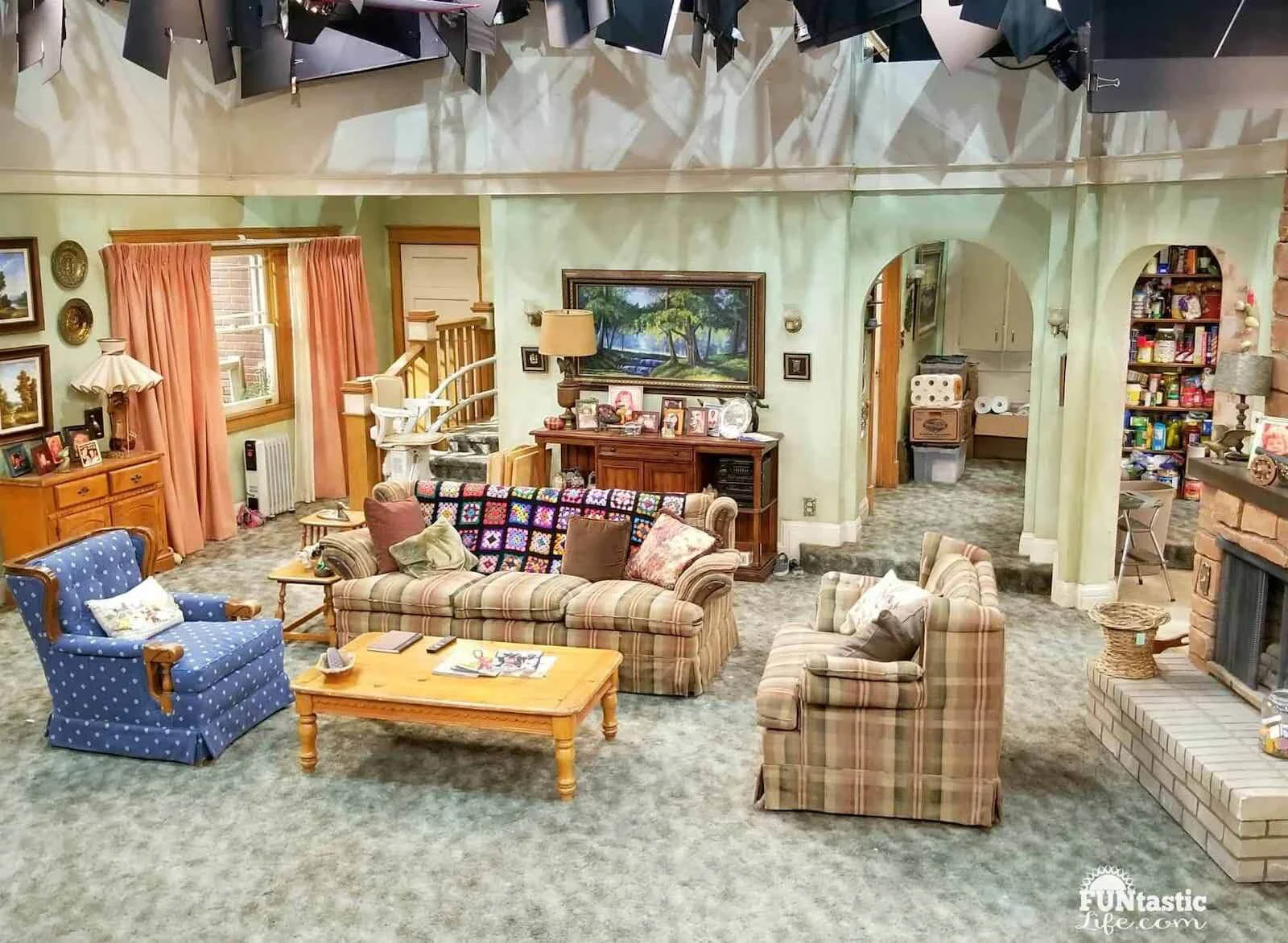
Imagine Monica and Chandler on the set of Roseanne
Not only does the production design have to fit the tone and voice of the show or movie, but it should also be used to elevate the project.
StudioBinder has an entirely free masterclass with an episode devoted to production design.
Caption goes here...
The episode also provides a free production design worksheet to help you capture everything it takes to build an incredible design. Feel free to explore the rest of the series. Again, this is a free resource: use it!
2
Great Design in Film
A Peek Inside
2.1 EXAMPLES OF GREAT PRODUCTION DESIGN
Take a look at these productions
There are many films in the history of Hollywood that stand the test time for some element of the mise-en-scene. But the films here show that production design can elevate mediocre stories and make them into the classics that we know and love.
2001: A Space Odyssey (1968)
Frequently, a production designer’s job description includes creating worlds that have never existed before. Take a look at some of the designs below for Stanley Kubrick’s classic, designed by Harry Lange.

Boldly going where no production designer has gone before.
Production design often draws influence from fine art.
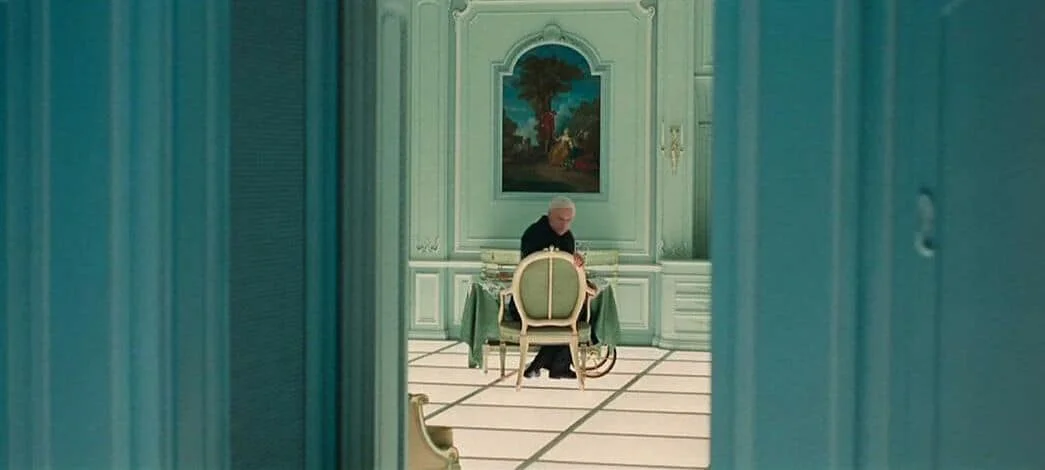
Still with that Kubrick fingerprint
Lange was brought in as production designer because of his experience working at NASA, giving him valuable insight into this interstellar design process.
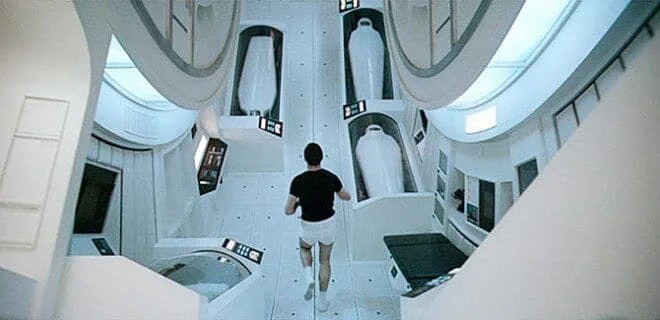
Production design took a new frontier in 2001
Star Wars (1977)
Similar to above, Hollywood has always had a fascination with space and the blank page of production design available to that vision.
While you can see some influences from 2001, Star Wars designer John Barry had to design much smaller sets because of how the film employed the use of stop-motion animation.
At the time, CGI was a dream away, so all special effects had to be done practically. For a movie lacking the budget of a major motion picture (at least the first one), stop-motion was essential for major explosions and action sequences.
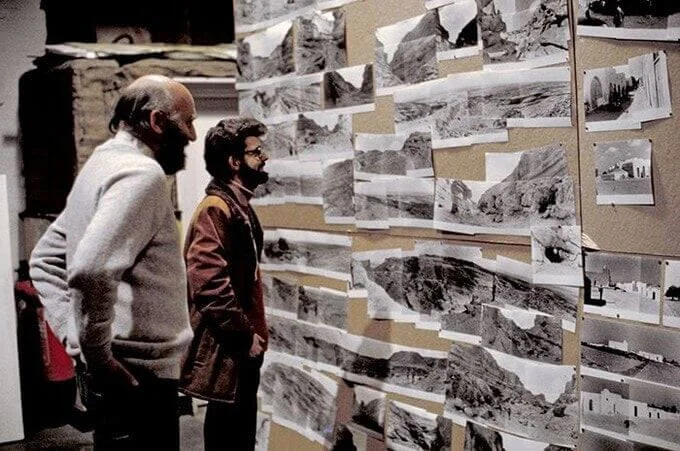
Production designer, John Barry, and George Lucas review location shots.
Even when working on location, production designers will go over location details with the director and producers to figure out what can be adjusted or redesigned to fit the project.
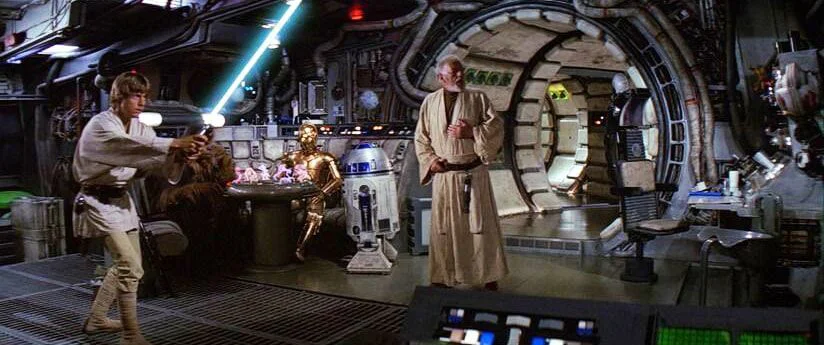
Star Wars couldn't have lived without design
Without the collaboration of a production designer, art director, set dresser, construction crew, props department, writer, and director the world of Star Wars would never have existed.
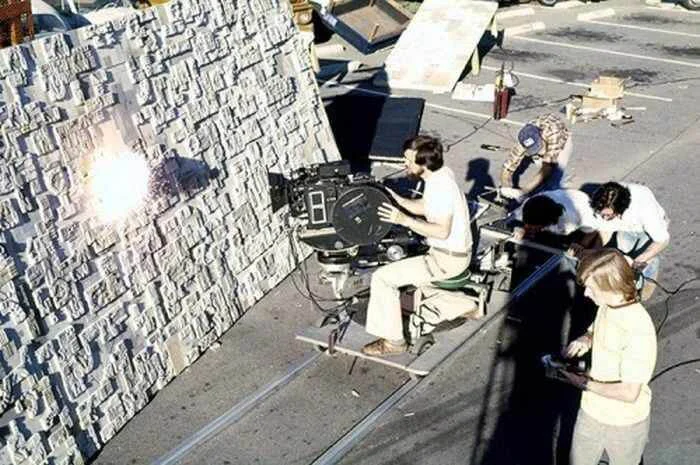
Small production design, big result.
When it came to building the ships, the production design team had to get creative. They would break down old jet engines and use scrap metal to create the ship’s walls. Combing through junkyards was the ingenious solution to crafting the film’s iconic sets.
Even the lightsaber came from rubbish. When at a camera shop, the set decorator asked if there were any spare parts lying around. He was presented with a Graflex flashgun handle and instantly knew he had the solution.
A great example of always being open to design inspiration.

A Production Designer must see things that others don’t.
The Cabinet of Dr. Caligari (1920)
The Cabinet of Dr. Caligari is a classic in more ways than one, but its ‘German expressionist production design is a textbook case of how design can affect a viewer’s experience.
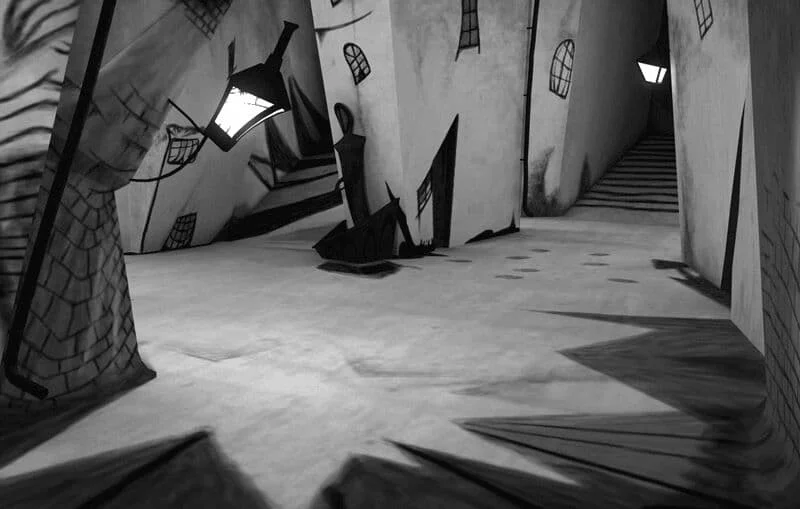
Design matches feel of story
The grotesque and tilted lines and horizons make us all feel off-put and uneasy. Uncomfortable and anxious, it’s not easy to relax while watching this artistic film.
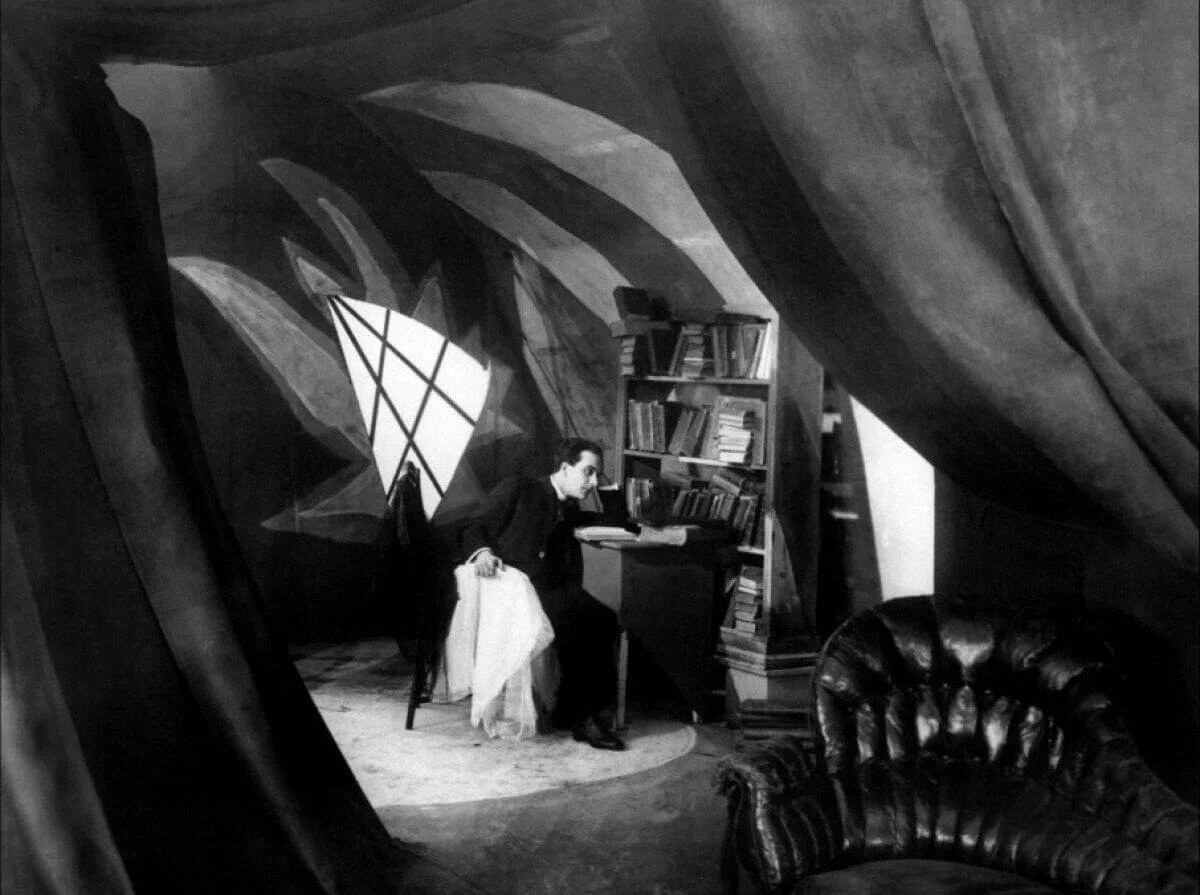
Tilted lines frame the creepiness
The image below is an excellent example of how production designers can articulate the emotional state of characters in the narrative.
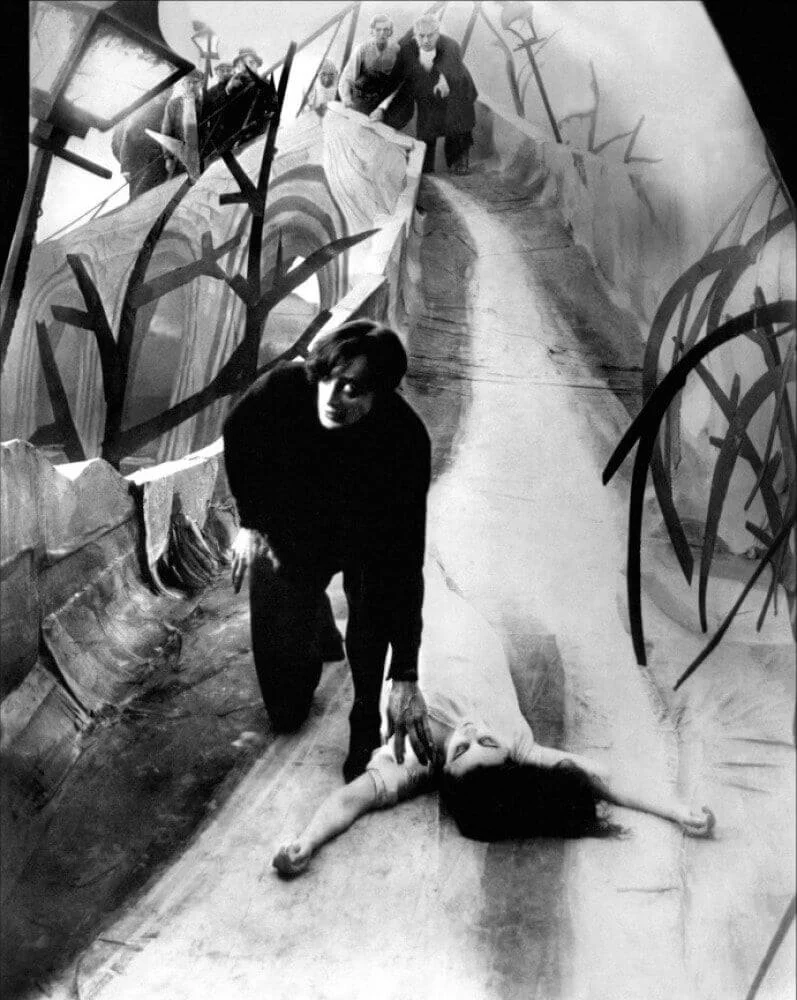
Twists and turns add to anxiety
The emotional fear created by Caligari is ever present in the jagged edges and twisted roads of the production design. It is the world through the eyes of a madman. And speaking of...
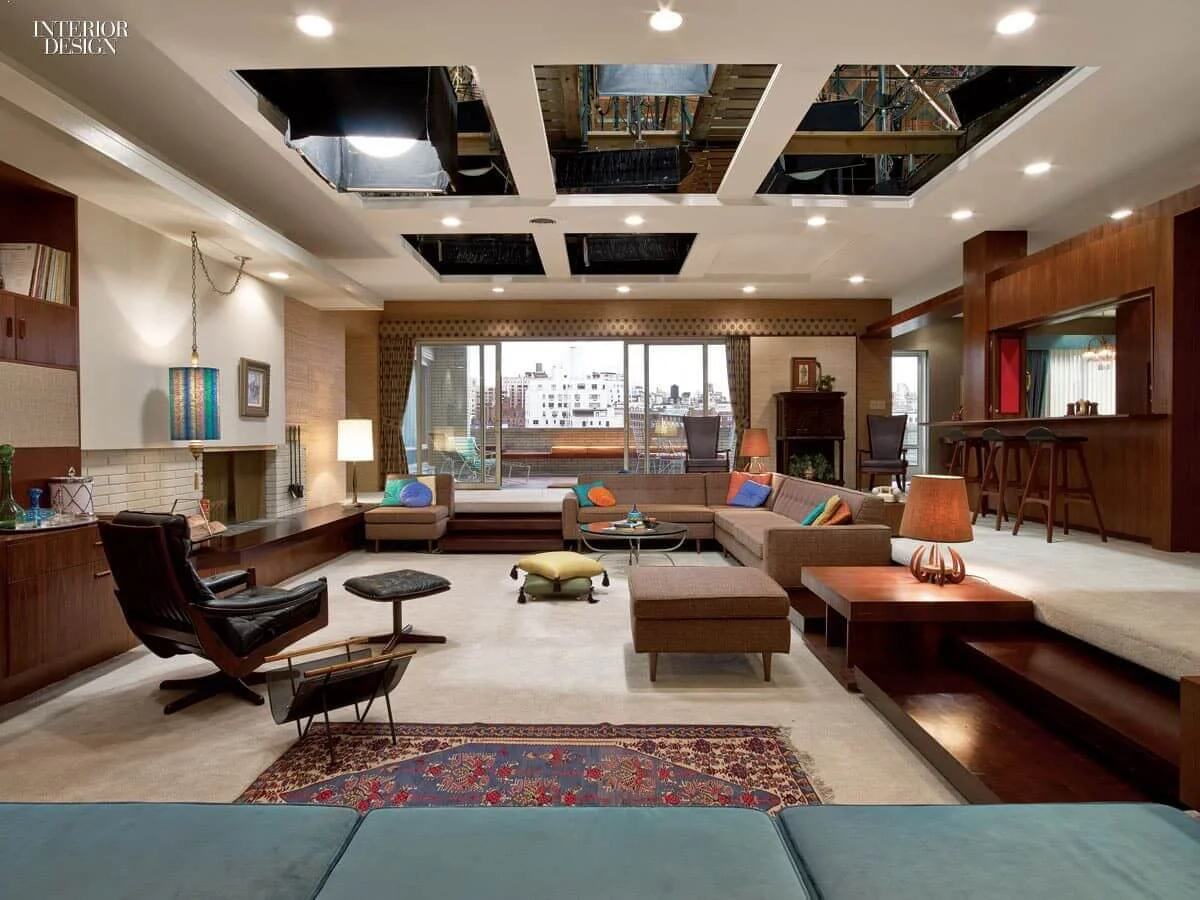
Mad Men, being a period show, had to follow specific rules for its production design.
But as you can see from the pic above, it was still required to be functional, with a ceiling that opens to expose light fixtures.
Additionally, the New York City background is a vinyl wrap around that can be replaced with a nighttime version.
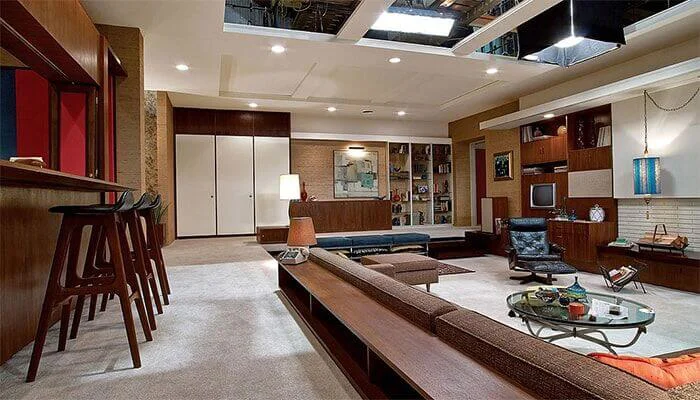
The production design for Mad Men is a mid-century modern masterpiece.
From the opposing end of the apartment, you can see how the production designer had to account for being able to remove the ceiling panels to add or subtract light as needed for wherever the cameras may be pointing.
Yet it all still looks like a penthouse apartment in New York City, complete with popular period features that reflect both Don and Megan’s smart and modern tastes.
If you watch the video below, you can see how the cameras have carefully framed out the panels in the ceiling.
You can also see the black night- background the production designers created.
2.2 PRODUCTION DESIGN IN ACTION
Make a better film by design
It is easy to see from the films listed above, that well-planned production design makes any film project better.
There are key areas that the art department will focus on to enhance the film no matter the budget.
MOOD BOARDS
Begin with a mood board to give your vision for production design a reference. Make sure your art department and the entire production team are on the same page and also have a visual shorthand for discussion.
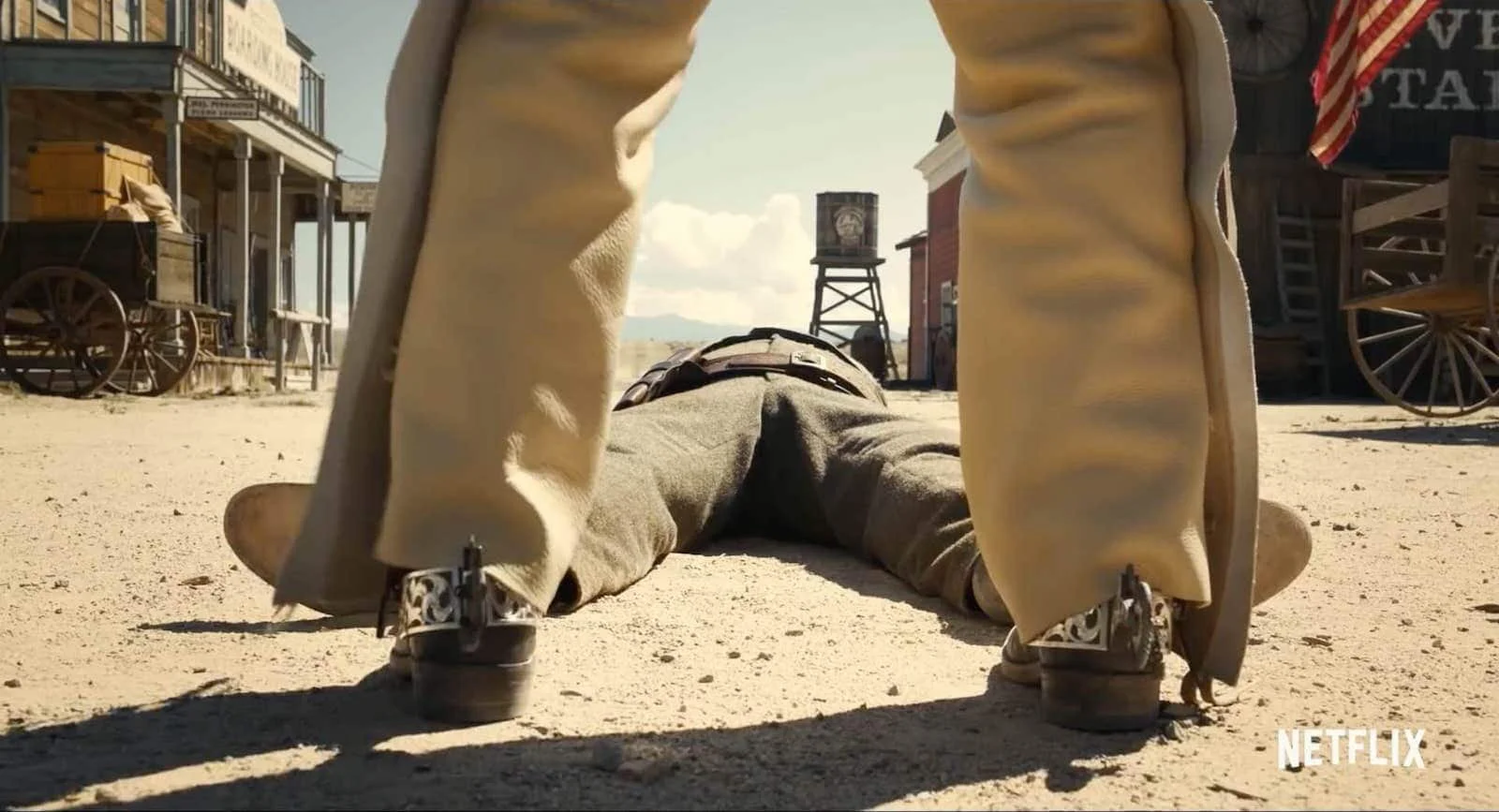
The Ballad of Buster Scruggs is a great example of shot composition by the Coen Brothers.
LIGHTING
Creative production design through lighting is a tenet of entire genres of filmmaking. Film noir is the most notable example of light-defining genre. But films aren’t limited to lighting for noir-ish feel in order for them to be an important element of production design.
Citizen Kane, Schindler’s List and Hugo all showcase lighting as an integral part of production design.
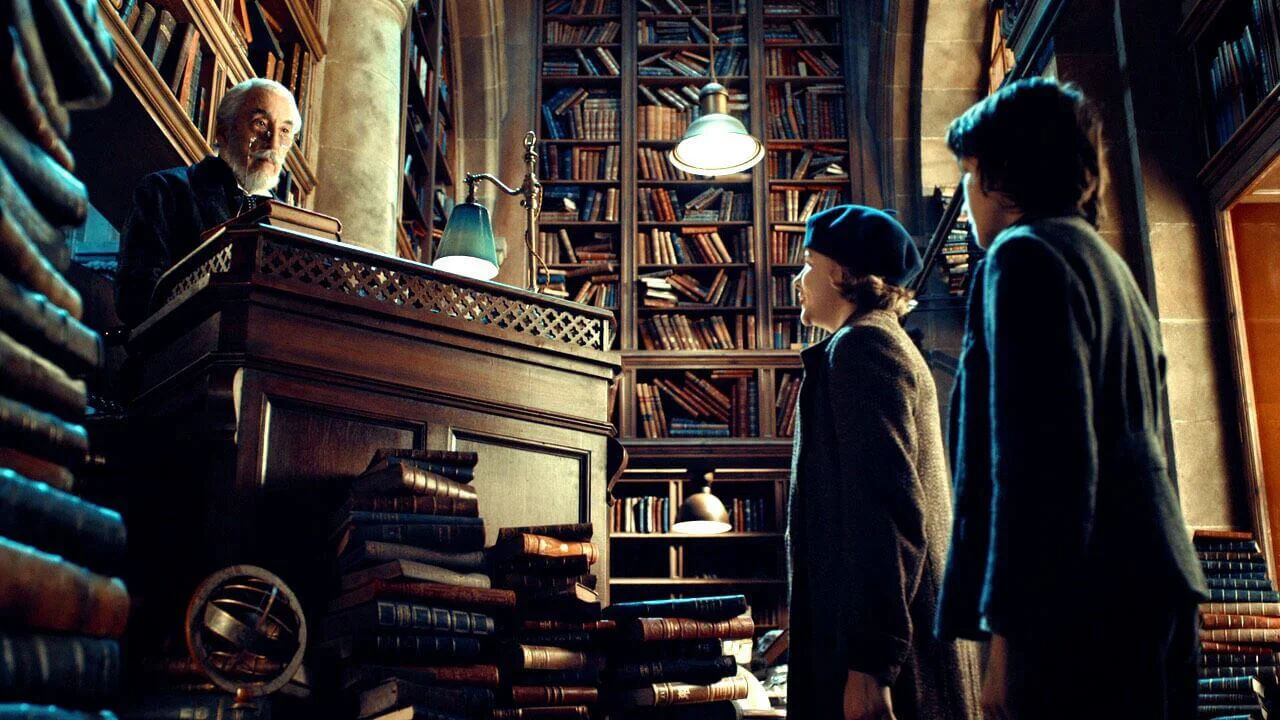
Bob Richardson’s lighting in Hugo is an enhancement and part of production design
One of the reasons the production designer works so closely with the cinematographer is because both heads of departments know that lighting as a key component of design will always make for a better finished picture.
3
What Every Designer Should Know
How They Get and Do The Job
3.1 BUDGET BY DESIGN
Know how to break down a script
Being a production designer doesn't just start with production and end on wrap day. From the minute the first script goes out, the production designer is breaking it down and taking notes.
Using intuitive tech like StudioBinder’s Breakdown Software can make this process a lot easier. Production designers should know how to break down a script, or at least be familiar so they can collaborate with the producers or first assistant director, when necessary. StudioBinder makes this collaboration a cinch with its commenting feature. Production designers can communicate with other department heads in real-time. See below:
The amount of detail that goes into the designs above starts way before actors are cast and call sheets go out. It takes months of planning and revising to get everything just right. The more detail in the breakdown, the easier later.
Take The Favourite for example.
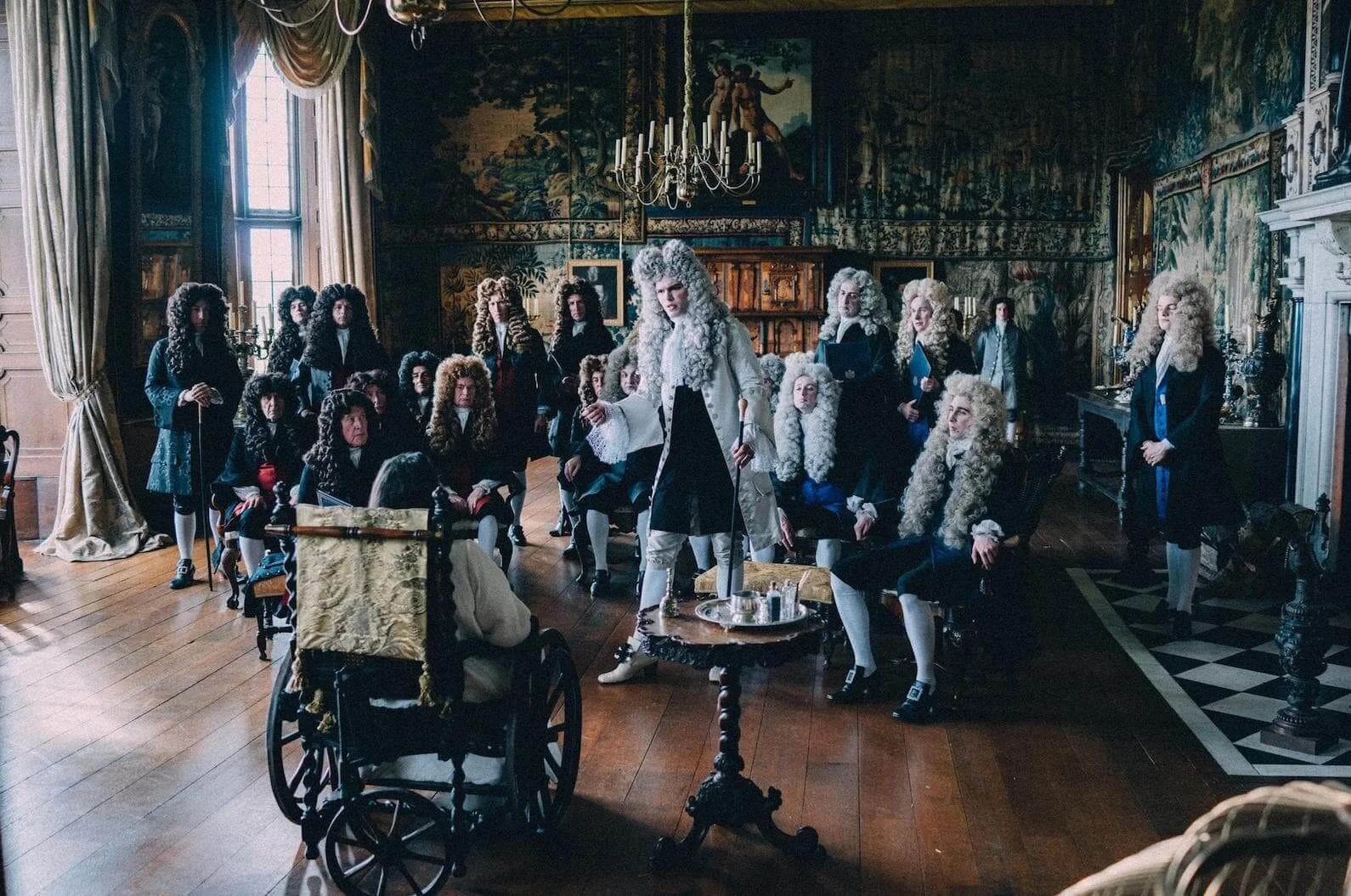
Oscar nominated production design
Fiona Crombie had her work cut out for her. But StudioBinder makes it easy to not only breakdown scripts but to stay in communication with each other along the way.
Production designers are integral creative members and have a huge impact on the way a show or movie looks and feels.
Because of that, their involvement extends well beyond the typical reaches of most crew members.
Production designers are often the first people on set (because they're making it) and the last ones off (because they're breaking it down).
3.2 HOW TO GET THE JOB
Become a production designer
Usually, production designers start working as Art Department PAs, then slowly move up the ladder. There are several positions in the art department that act as a feeder track to Production designer.
Check out a bit more on this below:
After assisting in the Art Department, one can move up to Buyer, Props, Decorator and then Art Director. Careful not to get sidetracked by an Art Department Coordinator’s position unless you prefer budgets to two-by-fours.
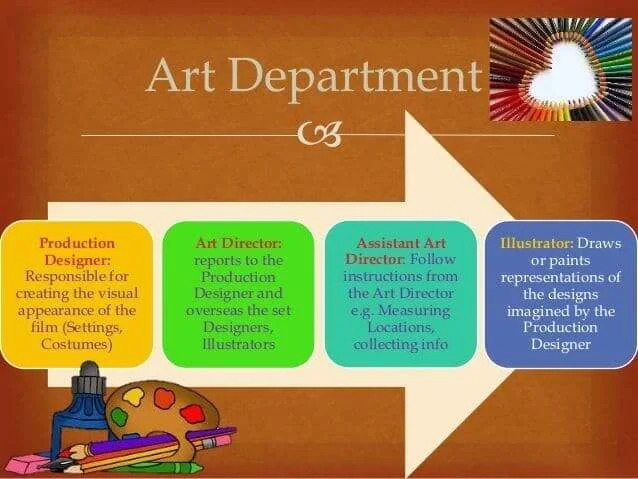
There is a learning curve when becoming a production designer
While there are no production designer education requirements, it takes years of experience before it becomes a tangible goal.
Additionally, production designers are skilled in, well, design. So that skill set is a must when vying for the coveted position. After a certain number of hours, production designers can become union members, increasing a production designer salary and providing health benefits, as well.
While this may be a great introduction to the role and capabilities of a production designer, it's by no means the end.
To learn more, check out our series on visual storytelling to see how production design affects the way stories are told and received.
And when you’re ready to set up your own production design team, check out StudioBinder’s production management suite.
It makes breaking down your script and tagging production design essentials both quick and easy. You’ll even be able to share your designs and get approval in real-time.
3.3 DESIGN BY BUDGET
What to remember
Usually, production designers start working as Art Department PAs, then slowly move up the ladder. There are several positions in the art department that act as a feeder track to Production designer.
The production designer has several key responsibilities that are a must for any film project regardless of size:
RESEARCH
No one person could possibly be an authority on every time period or fantasy world. Research is the most important responsibility for the production designer.
Knowing the difference between Mid-Century Modern and Philadelphia Chippendale is second nature to veteran production designers, but they didn’t learn everything on one film. It took John Muto decades to get his experience:
SETS VS. LOCATIONS
Does something have to be built or is there a space that can be transformed or adapted. This is integral to the production designers work. In the case of budgetary limitations or actual location availability.
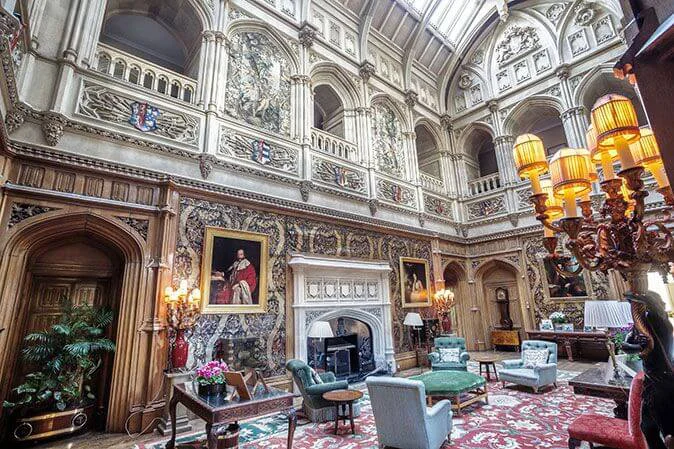
Half the work was done at Highclere Castle for Downton Abbey
THEME
Is there a certain mood or element that occurs throughout the project. It may be a certain color, style of furnishing or decoration. It may be something more overt such as the color palette used to achieve thematic resonance.
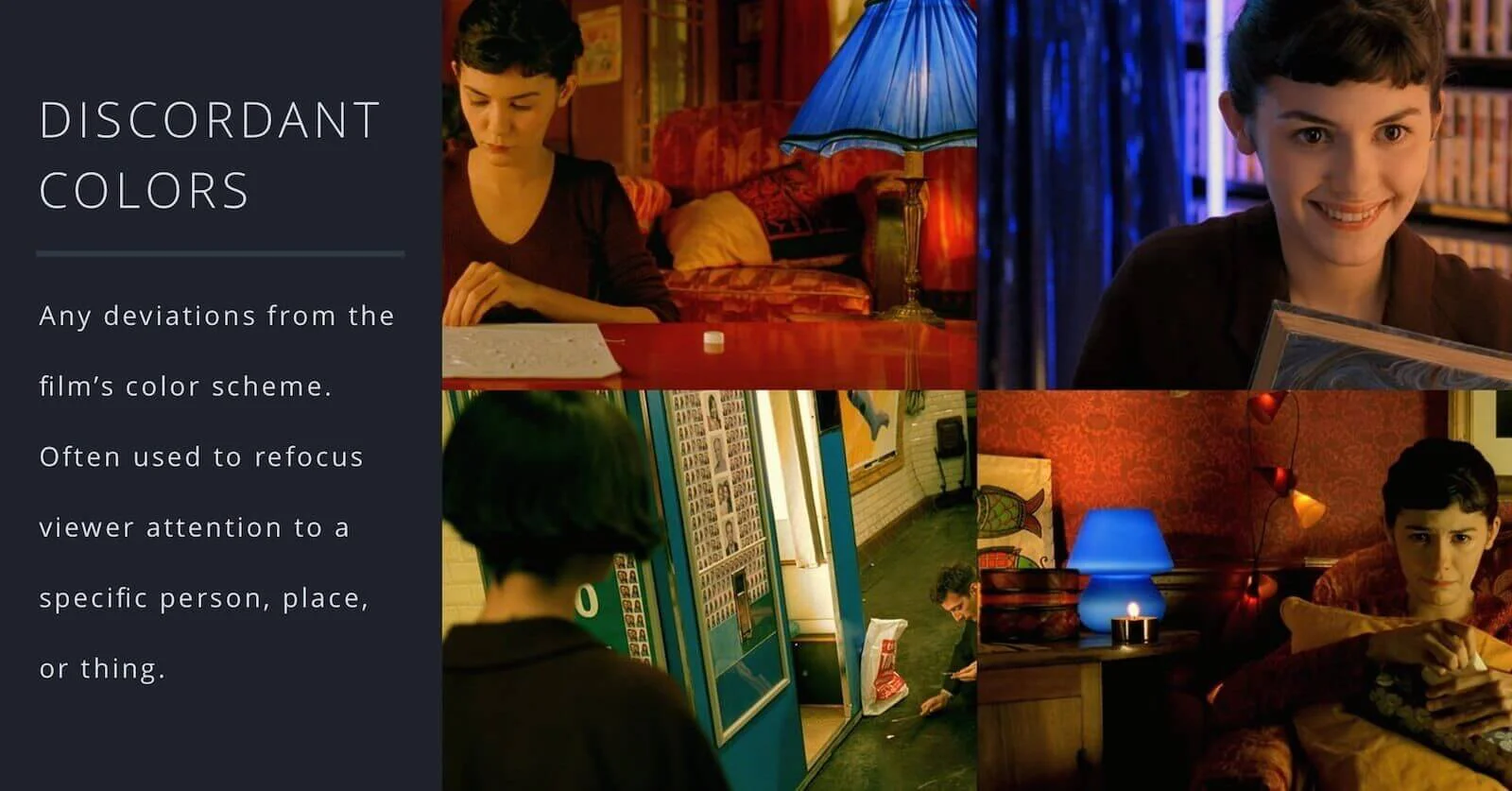
The color palette is heavily influenced by production design
CGI
Even in the heyday of Hollywood, certain special effects were used in place of production design. This may have included simple solutions such as matte paintings or technicolor.
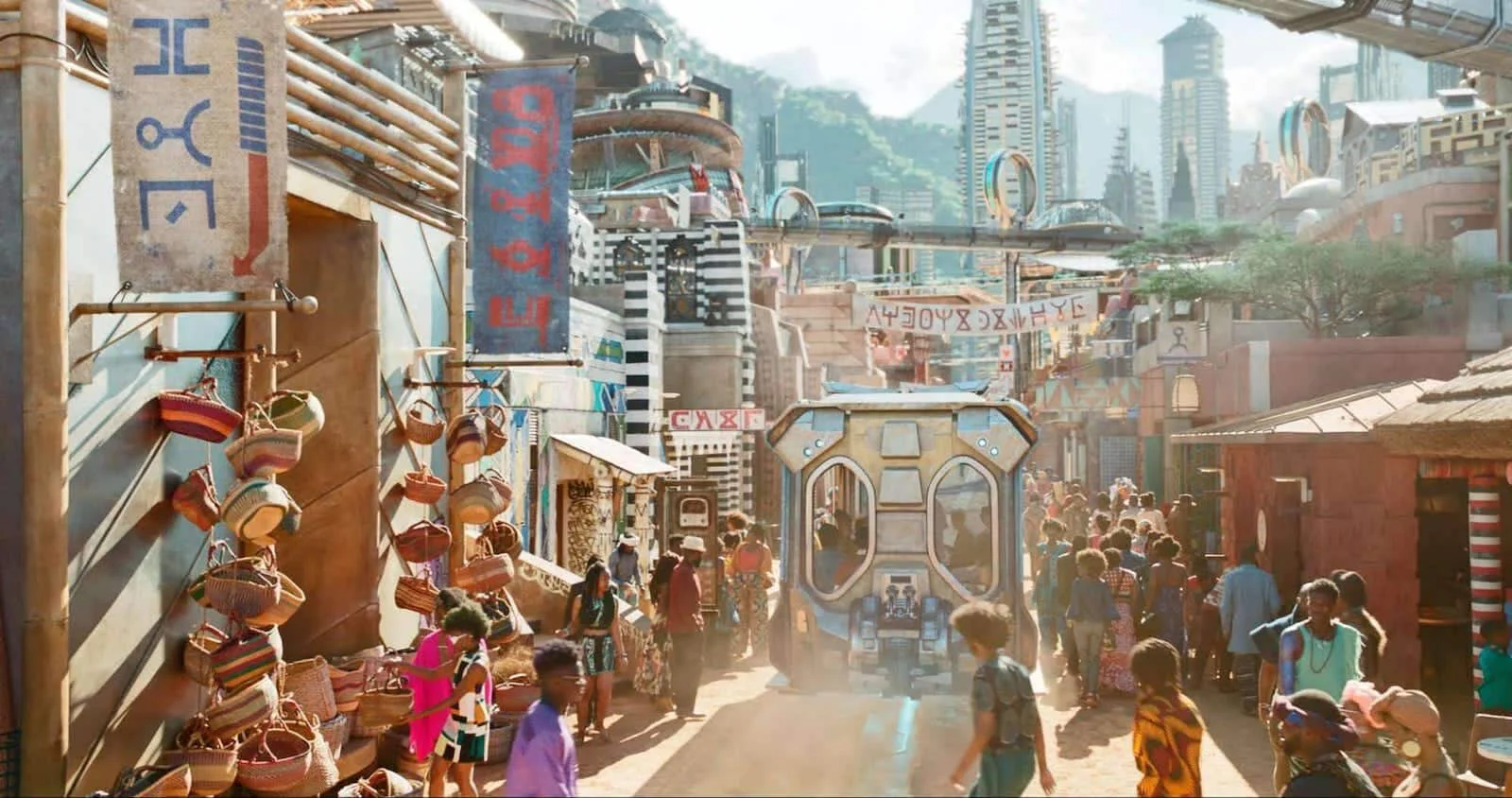
The mythical capital of Wakanda was a combination production design and CGI
Now that CGI has evolved to the point where it is an actual substitute for worlds, the production designer must weigh the necessity and the creativity. And of course the budget.
BUDGET
The budget of the film is the most important consideration for the production designer. How and where the money will be spent will determine everything from crew needs to visualization. Knowing what resources and limitations, if any, are available allows the production designer to determine the scope of all considerations for the film.
Listen and see how the designer for Moonlight made it work.
For production designers shooting on a budget, there are many ways to get creative and bring your project to life. In fact, here are 10 production design tips to save you money.
RELATED POSTS
UP NEXT:
Filmmaking techniques for directors
Production design is not the only way to enhance your film. There are many techniques in every department on film set that take your film project from amateur to cineaste. Learn what they are in our next post.
Easily create script breakdown sheets online.
Import scripts. Tag elements like props, wardrobe, and cast. Create breakdown summaries and DOOD reports in a snap.
